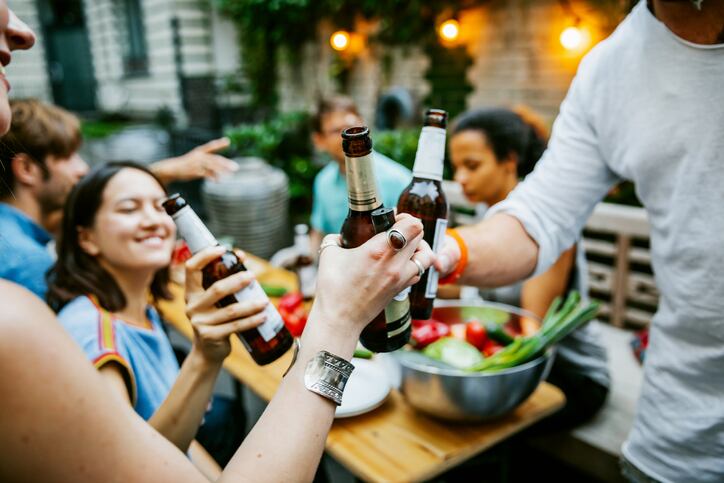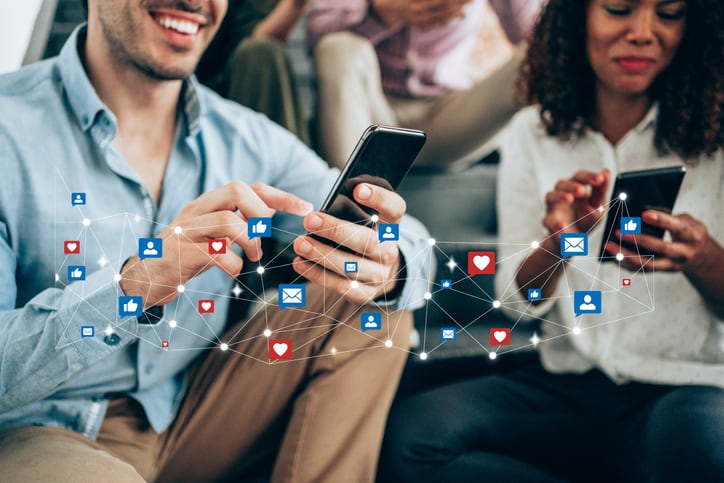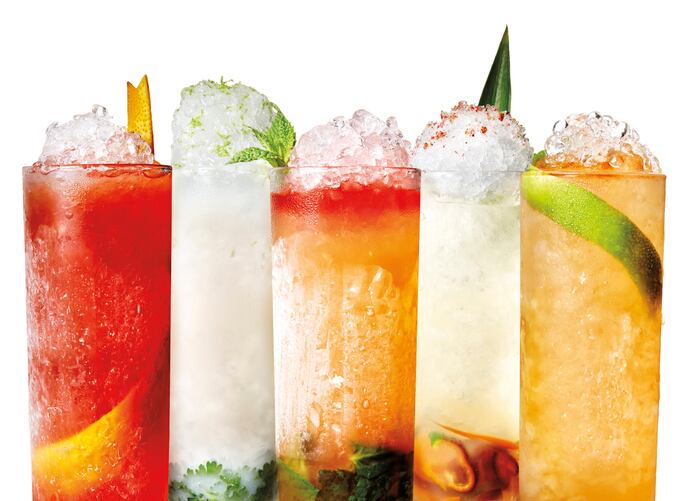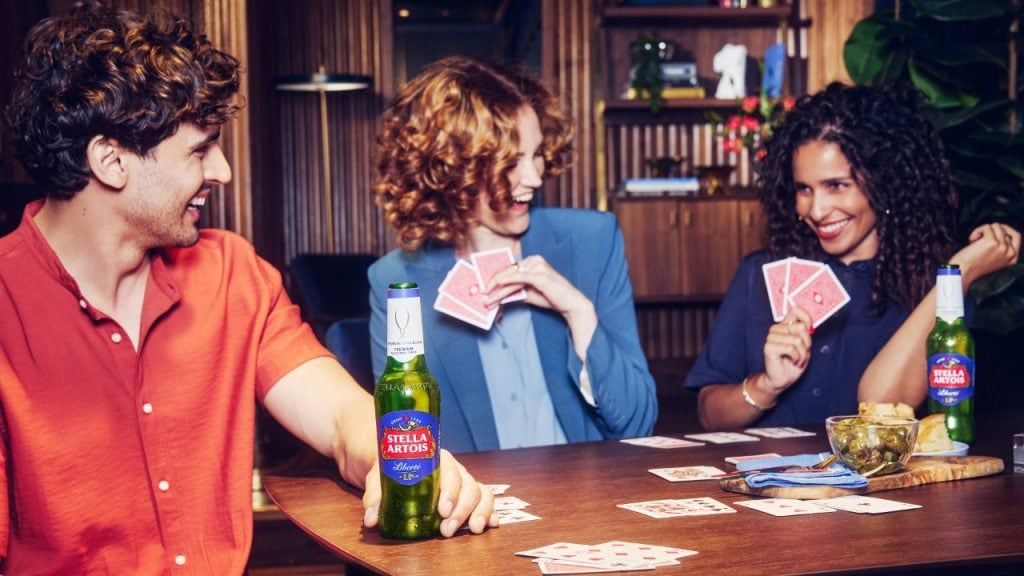Attitudes toward non-alcoholic beer have not always been positive—changing sentiments and relationships to sobriety, as well as a diversified cast of no-low adult beverage offerings and mindful drinking trends are shining a new light on the category. We also see markedly different generational attitudes toward no-low beer, with millennials leading the way.
What is most important to brands and distributors interested in entering this arena is to ensure their messaging and product offerings are in-line with consumer attitudes — a feat only achieved through purposeful market research efforts.
The Beverage Marketing Corporation estimates that, “market share for nonalcoholic beers [will be] tripling...by 2024” as distributors, retailers, and suppliers look for new growth opportunities outside the traditional beer market. To that point, we’ve compiled some of our findings to illuminate the playing field for those interested in the burgeoning no-low beer market.
Not Your Dad’s Non Alcoholic Beer
The first thing to recognize when approaching the no-low beer market is that today’s offerings are less like something you’d find in the cooler at your parent’s house and more like the craft offerings you’d find at a hip, neighborhood bar. That’s because the new no-low beer offerings have found footing with a generation that is rapidly becoming more health conscious — and their approach to drinking is no exception.
Particularly, millennials have emerged with a more health-conscious relationship to drinking, and perhaps in turn, the growth of the no-low beer market has emerged with them. Sixty-six percent of millennials reported recently that they were actively working to lower their alcoholic intake; outshining the consumer average of 47% and proving that products in this space have a clear, target audience.
Forward-thinking companies in this space are already leveraging this clean and healthy product perception in their marketing, with monikers like “Athletic Brewing Company” and “WellBeing Brewing Company” letting it be known where their intentions lie.
A Sober-Curious, Social Conscious Segment
Honing in on the “why” behind millennial and older Gen Z drinking habits sheds important light on what we know about this growing sector of the no-low alcoholic market.
Terms like “sober curious” have joined the lexicon alongside the aging millennial segment, with 56% of millennials considering themselves “mindful drinkers,” compared to just 37% of baby boomers.
A recent study from TotalJobs found that one in three questioned felt drinking with colleagues was outdated and office perks like “Fizzy Fridays” and workplace keg fridges — once seen as the epitome of the “cool office” — are no longer finding fans amidst the influx of professionals from this age group.
While before the pandemic 28% of millennials noted preferring to drink at home, this figure now sits at 52% and is unlikely to change much as pubs and restaurants reopen. Brands seeking to engage with this mindful, craft-focused generation will need to find new ways to reach and evaluate their offerings, such as in-home usage tests, implicit response testing, choice exercises and other applicable market research techniques.
Millennials may be walking away from the bar, but the drinking-age members of Gen Z are running away from it — and fast. In a Jefferies study more than 56% of 18-to-24 year olds said that they felt drinking one to two drinks a day was “harmful,” compared to 31% of those 65 and over. Young people were notably also the only age bracket with more “harmful” viewpoints toward alcohol than negative ones. This again goes back to the overall focus on health and wellness; young people who viewed alcohol negatively were more concerned with hangovers and high bar bills than morality surrounding alcohol use.
While they may not be morally positioned in their drinking, members of the Gen Z community are quick to hold brands accountable for the causes that are most important to them. Three-quarters of Gen Z would boycott a brand that goes against their values and this generation is the most likely to spend more on sustainable options than their average American counterpart. As Gen Z increasingly enters the drinking age segment, brands hoping to authentically connect with them will need to put a focus on messaging, motivation, and brand positioning to ensure that they do right by this socially-conscious cohort.
Hop To It
The non-alcoholic beer market is expected to reach $23.27bn in 2025 and, while indie makers as well as industry kingpins alike have grasped for their part of the share, few have left an indelible mark on this uncharted territory, presenting new opportunities for those willing to make the effort.
As Gen Z and millennial consumers continue to steer innovations in this sector, proper Market Research into the evolving sentiments surrounding alcohol-use and cultural relationships to wellness will be key in positioning your product for success.
Like it or not, the no-low alcohol trend is here to stay; leveraging intentional market research throughout your launch process will not only ensure a successful entry into the market, but a lasting impact as well.
About the author: Shira Horn serves as Executive Vice President for AMC Global, a market research firm that specializes in product launch strategies, with an innovative suite of tools that span the full product lifecycle. With 20 years of deep market research experience, Shira is an expert in the space, advising clients on how to leverage insights and grow brands.




